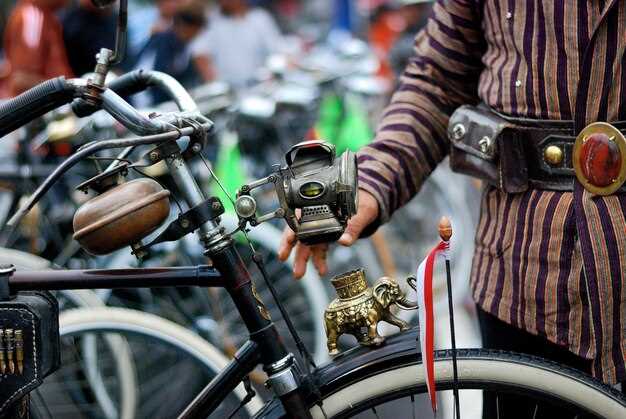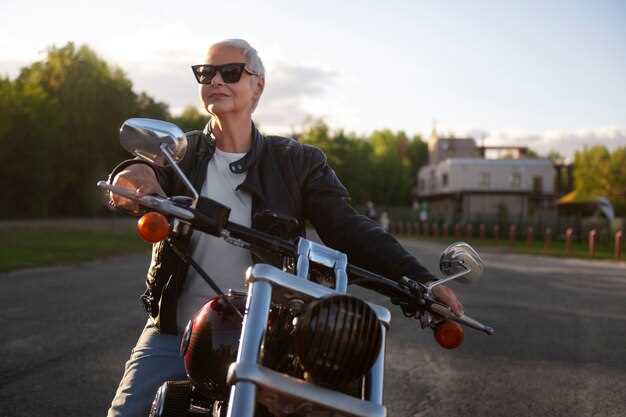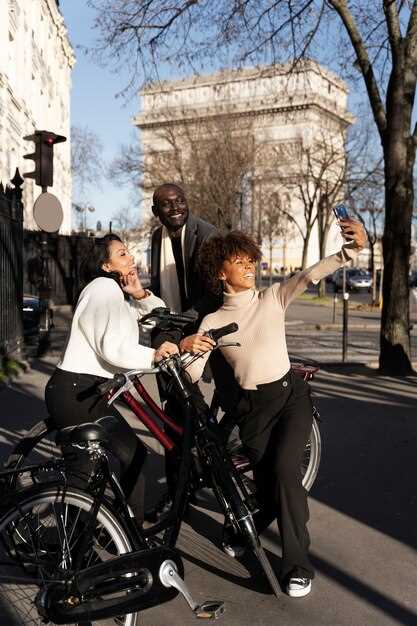
The history of biker culture is a fascinating journey that reflects broader social changes, individual freedoms, and the complex interplay between rebellion and community. Emerging in the post-World War II era, this subculture has continuously evolved, adapting to the shifting landscapes of society while retaining its core values of freedom and brotherhood. Each decade has contributed unique elements to the biker identity, shaping not only the riders themselves but also the perceptions of them within mainstream culture.
In the 1950s, the foundations of biker culture were laid by veterans who sought camaraderie and thrill through motorcycle riding. The iconic image of the leather-clad rider began to take shape, permeating through films and media. As the decades progressed, the growing association of motorcycles with rebellion and nonconformity attracted an array of individuals who resonated with the outlaw spirit, further solidifying the cultural essence of the biker community.
As we traverse the timeline through the 60s, 70s, and beyond, the evolution of this biker culture not only mirrors changes in fashion, music, and technology but also highlights the struggle for acceptance and understanding in an often-hostile society. The history of biker culture serves as a rich tapestry of experiences that showcase the passion, resilience, and transformation of a group that remains steadfast in its pursuit of freedom on two wheels.
Post-War Motorcycle Clubs and Their Impact on Identity

Following World War II, a significant transformation in the biker culture emerged, shaped largely by returning veterans who sought camaraderie and a sense of belonging. As soldiers reintegrated into civilian life, they found solace in the open road and the thrill of riding motorcycles. This newfound passion led to the formation of numerous motorcycle clubs, fostering a unique identity that blended rebellion, freedom, and brotherhood.
The creation of these clubs marked a pivotal moment in history. They provided veterans with an avenue for expressing their experiences and emotions, often channeling their post-traumatic stress into the adrenaline and excitement of motorcycle riding. Clubs like the Hells Angels and the Outlaws became symbols of defiance against conventional societal norms, promoting a lifestyle characterized by independence and nonconformity.
As motorcycle clubs grew in popularity, they began to play an integral role in shaping the identity of bikers. Members donned distinctive patches and colors, symbolizing not just their affiliation to a club but also a commitment to a shared way of life. This created an exclusive community that offered support, protection, and identity, distancing themselves from mainstream culture.
Moreover, the impact of post-war motorcycle clubs extended beyond individual identity; it also influenced societal perceptions of bikers. Initially viewed as outlaws and rebels, these groups began to garner a complex reputation. From the exhilaration of spontaneous rides to the public’s fascination with their lifestyle, bikers became cultural icons in the 1950s and 1960s, often portrayed in films and literature. This shift helped solidify their identity not solely as outlaws but as individuals seeking freedom and expression through their love for motorcycles.
In conclusion, post-war motorcycle clubs significantly influenced the identity of bikers, evolving from a simple passion for motorcycles into a comprehensive social phenomenon. Their lasting impact is evident today, as these clubs continue to resonate with themes of freedom, rebellion, and community while drawing upon a rich history that reflects the experiences of their members.
The Role of Pop Culture in Shaping Biker Perceptions
Pop culture has played a significant role in shaping perceptions of bikers and their culture throughout history. From early films and literature to modern television shows and music, the representation of bikers has influenced public opinion and societal attitudes toward motorcycle enthusiasts.
In the 1950s and 1960s, movies like “The Wild One” showcased rebellious biker characters, fostering a sense of danger and independence associated with motorcycle culture. This portrayal contributed to the romanticized image of the outsider, leading many to view bikers as symbols of freedom. However, the same media also perpetuated stereotypes of violence and lawlessness, which have lingered in popular consciousness.
As the decades progressed, television series such as “Sons of Anarchy” further developed the narrative, blending themes of family, loyalty, and crime. This complex portrayal both captivated audiences and influenced their understanding of biker culture. While some individuals recognized the camaraderie and brotherhood within motorcycle clubs, others were drawn to the sensationalized aspects of crime and rebellion.
Music has also been pivotal in shaping biker identities. The rock and roll era of the 1960s embraced the motorcycle lifestyle, with bands like Steppenwolf famously declaring, “Get your motor runnin’, head out on the highway.” Such songs reinforced the association between motorcycles and personal freedom, helping to create a community of enthusiasts energized by their shared love for riding.
In recent years, the rise of social media has provided bikers a platform to showcase their passion for motorcycles, allowing for a more nuanced portrayal of biker culture. The accessibility of shared experiences and stories has contributed to a better understanding among the general populace, challenging outdated stereotypes and misconceptions.
Ultimately, pop culture continues to influence how bikers are perceived, oscillating between admiration and skepticism. As society evolves, so too does the representation of motorcycle riders, reflecting both the complexities and the richness of biker history.
Modern Challenges and Adaptations in Biker Communities

In recent years, biker culture has faced numerous challenges that have forced communities to adapt in order to thrive. One of the primary issues affecting motorcycle enthusiasts is the increasing legislation surrounding vehicle emissions and safety regulations. These laws often impact the design and operation of motorcycles, challenging the traditional aesthetics and performance that many riders cherish.
Another significant challenge is the rapidly changing social dynamics within society. The inclusivity of biker culture has been enhanced, welcoming a more diverse demographic. This evolution has led to a shift in the community’s values and perspectives, necessitating adaptation to accommodate a broader range of participants while maintaining core motorcycle traditions and ethos.
Digital technology has also transformed the biker landscape. Social media platforms and online forums have become essential tools for community engagement, allowing bikers to connect, share experiences, and organize events. While this digital shift fosters connectivity, it also presents challenges in terms of maintaining the authentic, grassroots camaraderie that many long-time bikers associate with their culture.
Additionally, the rise of environmental consciousness has prompted many riders to explore eco-friendly alternatives, including electric motorcycles. This transition reflects a growing awareness of the motorcycle culture’s impact on the environment and encourages riders to balance their passion for motorcycling with sustainable practices.
Ultimately, the history of biker culture is characterized by resilience and adaptation. Modern biker communities continue to evolve, embracing new challenges while striving to keep the spirit of motorcycling alive. By facing these issues head-on, they are not only preserving their heritage but also shaping a vibrant future for the motorcycle culture.
